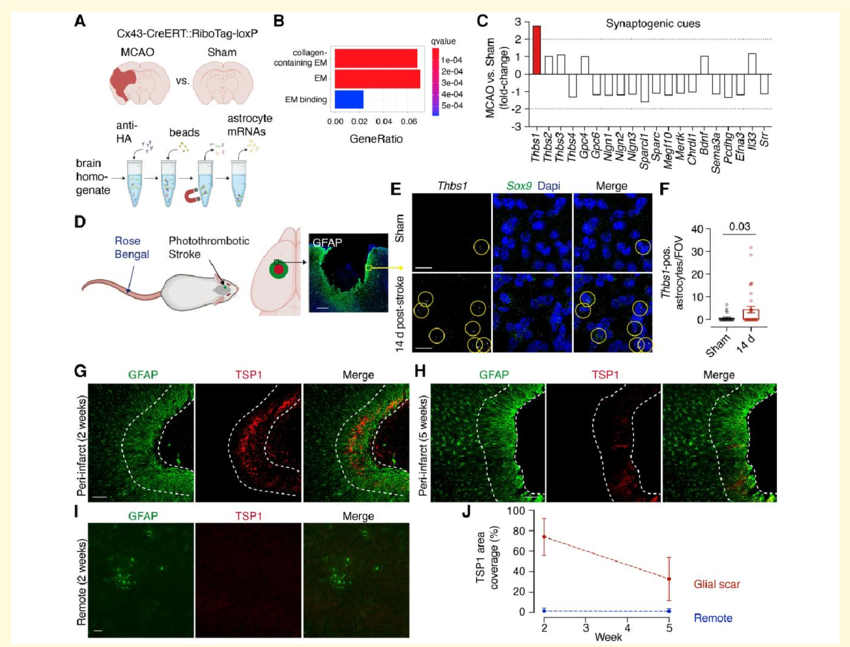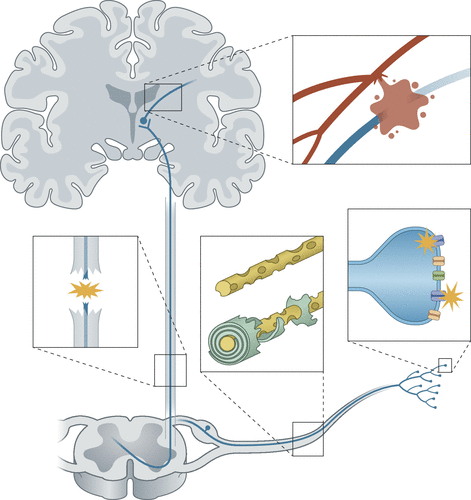Neuropathic pain is a complex, chronic pain state that usually is accompanied by tissue injury. With neuropathic pain, the nerve fibers themselves might be damaged, dysfunctional, or injured. These damaged nerve fibers send incorrect signals to other pain centers. The impact of nerve fiber injury includes a change in nerve function both at the site of injury and areas around it
One of the key treatments for managing neuropathic pain is the use of pregabalin, a medication that is particularly effective in reducing neuropathic pain and improving sleep and mood disturbances. This article explores the role of pregabalin in managing neuropathic pain, its benefits, and considerations.
How Pregabalin Works
Pregabalin works by binding to a specific part of nerve cells which decreases the number of pain signals that they send out. It calms overactive nerves, essentially ‘turning down the volume’ on the pain they produce. Pregabalin is structurally similar to gamma-aminobutyric acid (GABA), a neurotransmitter that plays a significant role in calming nervous activity in the brain. Although pregabalin does not bind directly to GABA receptors, its action helps to stabilize electrical activity in the brain and prevent nerve transmission associated with pain.

The Role of Pregabalin in Managing Trigeminal Neuralgia
Trigeminal neuralgia, affecting approximately 8 in every 100,000 people annually in the UK, significantly deteriorates quality of life due to its severe pain. Recognized by the WHO as a disability, it notably disrupts daily activities and mental health.
Traditionally, Carbamazepine and Oxcarbazepine are the first-line treatments for trigeminal neuralgia, yet they possess saturable absorption rates that diminish their effectiveness over time. Pregabalin, mirroring the biological activity of Carbamazepine, exhibits enhanced pharmacological properties, providing effective analgesic relief for this condition.
Research has previously established Pregabalin’s efficacy in treating Diabetic Peripheral Neuropathy, highlighting its safety and effectiveness in alleviating pain, enhancing mood, and improving sleep cycles and overall quality of life.

In a recent prospective open-label study aimed at evaluating Pregabalin’s effectiveness in trigeminal neuralgia patients, 53 individuals diagnosed with the condition were monitored over a year. These patients received daily doses of Pregabalin ranging from 150 to 600 mg based on symptom severity.
The study’s primary outcome focused on the reduction of pain intensity. Researchers noted significant improvements: 74% of patients showed symptom improvement within eight weeks at an average dose of 269.8 mg/day. Notably, 25% of patients achieved complete pain relief, while 49% reported a reduction in pain intensity of more than 50%. However, 26% of participants saw no symptom improvement.
The analysis further indicated that patients without concomitant facial pain (32 out of 39) responded better compared to those with chronic facial pain (7 out of 14).
This study concluded that Pregabalin, particularly at a 300 mg daily dose, is an effective treatment option for patients suffering from trigeminal neuralgia, particularly those without chronic facial pain.
Image Credit: Journal Source
Benefits of Pregabalin for Neuropathic Pain
- Pain Relief: Many studies have shown that pregabalin significantly reduces the pain experienced in conditions like diabetic neuropathy and post-herpetic neuralgia.
- Improved Sleep: Pregabalin helps improve the quality of sleep in patients suffering from neuropathic pain, which is often disturbed by pain.
- Mood Improvement: It also has mood-stabilizing properties, which help alleviate the depression and anxiety that often accompany chronic pain conditions.

Considerations and Side Effects
While pregabalin is effective for many, it comes with potential side effects. Common side effects include dizziness, dry mouth, edema, blurred vision, weight gain, and difficulty concentrating. Patients are advised to discuss these side effects with their healthcare provider, who will balance these against the benefits of using the medication.
Pregabalin is also a controlled substance in many areas due to its potential for abuse. As such, it should be used in a strictly controlled manner and only under the guidance of a healthcare provider.
Conclusion
Pregabalin is a cornerstone in the management of neuropathic pain, offering relief for many who suffer from this debilitating condition. Its ability to reduce pain, coupled with benefits on sleep and mood, make it a valuable tool in the pain management arsenal. However, like any medication, it should be used under careful supervision to minimize potential side effects and ensure the best outcomes for patients.
Reference Links:
https://faseb.onlinelibrary.wiley.com/doi/epdf/10.1096/fj.202200411RR
https://pubmed.ncbi.nlm.nih.gov/28509411/
https://pubmed.ncbi.nlm.nih.gov/28114183/
https://journals.sagepub.com/doi/10.1111/j.1468-2982.2007.01483.x
